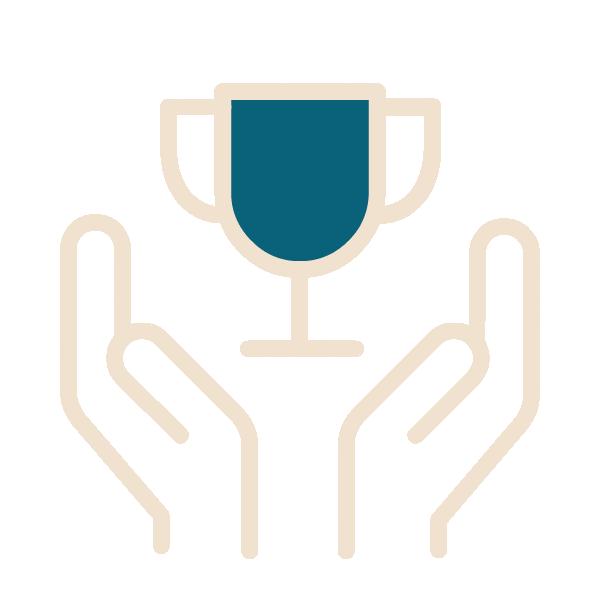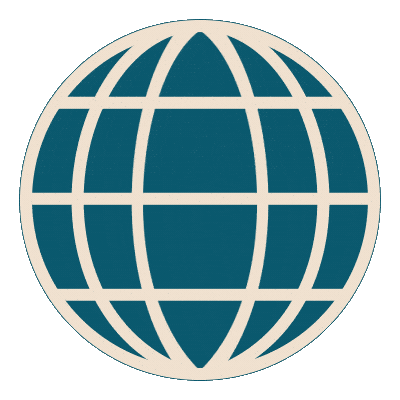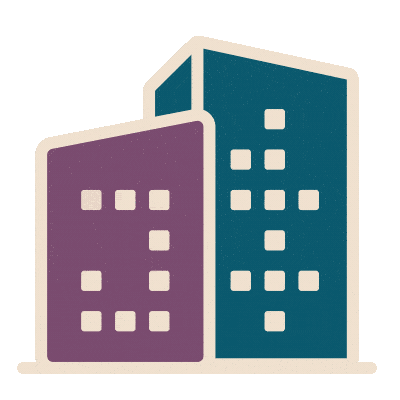Oficinas Bioconstruccion
In September 2017, Bioconstruccion y Energia Alternativa (BEA) achieved the first WELL Certification in Mexico for their offices in Monterrey, Nuevo Leon. BEA provides consulting and technological support to projects pursuing LEED Certification and pushing the boundaries of sustainable building. Their new office achieved WELL Certification at the Silver level and is also the first project in Latin America to be double LEED Certified at the Platinum level. It received LEED Platinum Certification in 2011 for New Construction, and later received LEED Platinum Certification for Operations + Maintenance under LEED v4. Members of their project team shared their experiences on the road to WELL, filling us in on what it took to fit out their new space with verdant plants, ergonomic workstations, office turtles and more.
Why did you decide to pursue WELL Certification for BEA? What were your objectives?
We are constantly looking for ways to be leaders and pioneers in groundbreaking concepts and strategies related to sustainable building. Our LEED Platinum Certified office building is proof of that, and WELL was no exception to our desire to be on the cutting-edge of these practices.
When we came across WELL Certification, it immediately caught our attention because WELL inverts priorities by placing the building occupant at the top, above other performance metrics. Once we learned about it we set the objective of achieving WELL Certification without compromising any of our key performance indicators, such as energy or water consumption. Although we knew that it would pose a large challenge, we also realized that it was a great opportunity to enhance the company's productivity through the improvement of our office space, with a direct impact on the comfort of our collaborators, employees and visitors.
At a glance:

Preconditions achieved

Optimizations achieved

Certification level
Highlights:

COMFORT
Feature 73: Ergonomics - Visual and Physical
Intent: To reduce physical strain and maximize ergonomic comfort and safety.

The BEA project has workstations designed to increase employees' comfort and protect their physical health. By using ergonomic furniture and careful planning, the space allows team members to avoid strain and injury.

MIND
Feature 87: Beauty and Design I
Intent: To thoughtfully create unique and culturally-rich spaces.
Beautifully designed spaces that echo the values and culture of an organization can help promote good mood and morale among employees. BEA's landscaped garden and striking architecture contribute to a pleasant aesthetic environment that allows visitors and employees alike to derive calm, comfort and joy from their surroundings.

MIND
Feature 88: Biophilia I — Qualitative
Intent: To nurture the innate human-nature connection within the project.

The new office features a variety of plants as well as nature-inspired elements like bamboo partitions that support some of the plants and divide their office into discrete but connected areas. These features provide employees with a connection to the natural world and convey a range of benefits, from boosting positive feelings to speeding recovery times.
How did the team approach the WELL Certification process?
As in any multi-disciplinary process, we encountered obstacles when responsibilities began to crossover. However, we had an extremely capable and professional team that stayed focused on the primary goal: common well-being. We also benefited from our experience with integrative processes in high performance projects, which ensured that we only considered the best features and synergies from all team members' and stakeholders' perspectives. It is also important to mention that we noticed great enthusiasm from all collaborators and employees when we began to communicate the plans for pursuing WELL Certification, which boosted morale and encouraged the team to achieve the goal.
WELL scorecard: See the features the BEA project achieved within each concept

| Fundamental water quality (P) |
| Inorganic contaminants (P) |
| Organic contaminants (P) |
| Agricultural contaminants (P) |
| Public water additives (P) |

| Fruits and vegetables (P) |
| Processed foods (P) |
| Food allergies (P) |
| Hand washing (P) |
| Food contamination (P) |
| Artificial ingredients (P) |
| Nutritional information (P) |
| Food advertising (P) |

| Visual lighting design (P) |
| Circadian lighting design (P) |
| Electric light glare control (P) |
| Solar glare control (P) |

| Activity incentives programs (P) |

| ADA accessible design standards (P) |
| Ergonomics: visual and physical (P) |
| Exterior noise intrusion (O) |
| Internally generated noise (P) |
| Thermal comfort (P) |

| Health and wellness awareness (P) |
| Integrative design (P) |
| Post-occupancy surveys (P) |
| Beauty and design I (P) |
| Biophilia I - Qualitative (P) |
| JUST organization (O) |

What challenges did you face as you were incorporating WELL features? How did you solve them?
This is the first WELL Certification our team has pursued, so we had to create new work methodologies. In order to focus on WELL as an occupant-focused certification, we assigned new responsibilities and established new timing and deadlines, and the results were not the same as we usually expect – the project team still had responsibilities to our clients’ projects that could not be abandoned. Additionally, there is some information specific to WELL that is new to the Mexican market, which we struggled to get. We realized that WELL would not only be an internal learning process for us, but also an external one, since many companies and providers needed specific input from the project team in order to hand over the necessary information. Because of these challenges, pursuing WELL Certification was a new and different experience that taught us many important lessons, which we will apply to upcoming projects.

What are the most innovative or stand-out aspects of your WELL project?
Overall, the building provides fully accessible, clean, well-lit and quiet interior areas, which are maintained with strict operation and maintenance policies, ensuring the continuity of health benefits. One stand-out feature is our air filtration system, which is complemented by portable air purifiers. This combination allows for the supply of clean air in the space even when toxicant levels outside are above the acceptable limits.
Most of our occupants' prior companies had provided little or no support framework for fitness or nourishment. So besides Bioconstruccion's implementation of Fitness and Nourishment features, there is an on-going campaign promoting the features’ benefits and encouraging the occupants to use them. In this way they not only have the tools for a healthy lifestyle but also have the knowledge to make use of those tools. Further, since before the implementation of WELL features started, there has been a space where the workers can draw and express themselves, creating a sense of artistic freedom and collaboration among the users.
Representing our cultural history was also an important element of this project. Mexico is a multicultural country: many prehispanic traditions and ceremonies are still performed today and more than 62 different languages are spoken, with Spanish and Nahuatl the first and second most spoken, respectively. The incorporation of prehispanic crafts creates a new Mexican environment that reminds us of our roots and makes us reflect on how we have evolved since our cultural beginnings.
What positive impacts resulted from your WELL Certification?
Employees and collaborators here at Oficinas Bioconstruccion enjoy work stations that are highly connected to the exterior, bringing natural light and views to their activities. Flora and fauna – we have pet turtles in one of our semi-exterior gardens – are brought to the working areas through physical and visual connections, lowering occupant stress levels. Well-being is also promoted through the use of standing desks and the implementation of several active policies that foster physical activity within and outside the working environment.
One of the most remarkable things about this project was the collaborators’ availability to help in this project, even though they were not directly involved as part of the assigned team. The enthusiasm of all of our collaborators helped make our new, healthier office a reality.
What post-certification metrics can you share related to outcomes?
We do not have hard numbers on the impact of WELL Certification yet, since it is relatively new. However, we have already noticed that not only employees and collaborators, but also visiting clients, are starting to shift to healthier habits. The Comfort- and Fitness-related strategies are great examples: we went from "I'm not sure if they will use a high-standing desk" to "we definitely will need more high-standing desks!".
Clients notice these changes and we are already getting inquiries more often about WELL Certification, so we believe that the Mexican market will shift towards a more "human" approach to sustainability without neglecting any other aspect of the more traditional triple bottom line framework and as such, we can proudly state that we are already one step ahead of the rest.
Project Team
André Bernath - Team leader, first WELL AP in Latin America
Ulises Treviño - Owner and CEO, Bioconstruccion y Energia Alternativa
Abigail Barrientos, Alejandro Baeza, Bárbara Garza, Cristina Suárez, Darío López, David Sada, Diana Laura Rivera, Eliud Soto, Elizabeth Bautista, Elizabeth Torres, Enrique Betancourt, Galilea Rodríguez, Jorge Benavides, Jorge Escobedo, Lila López, Luis Sánchez, Magdalena Magaña, Mario Flores, Marisela Domínguez, Olga Contreras, Paola Morales, Rafael Olvera, Víctor Rodríguez







